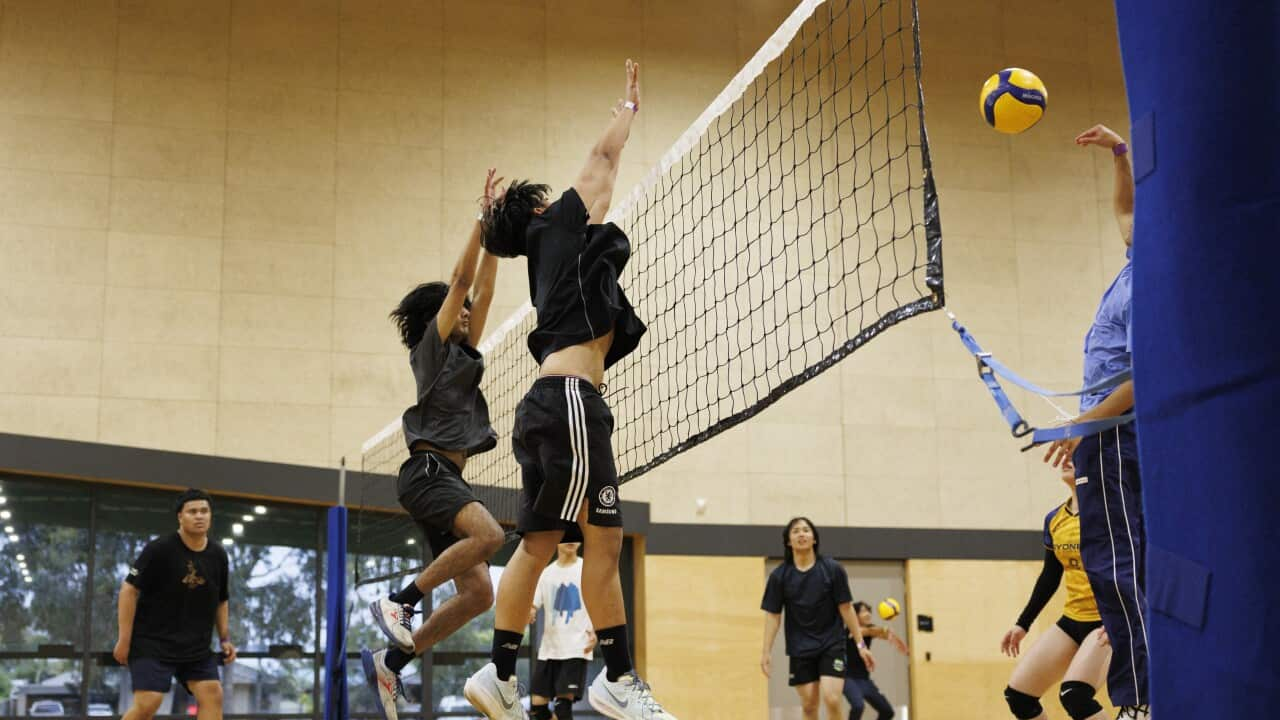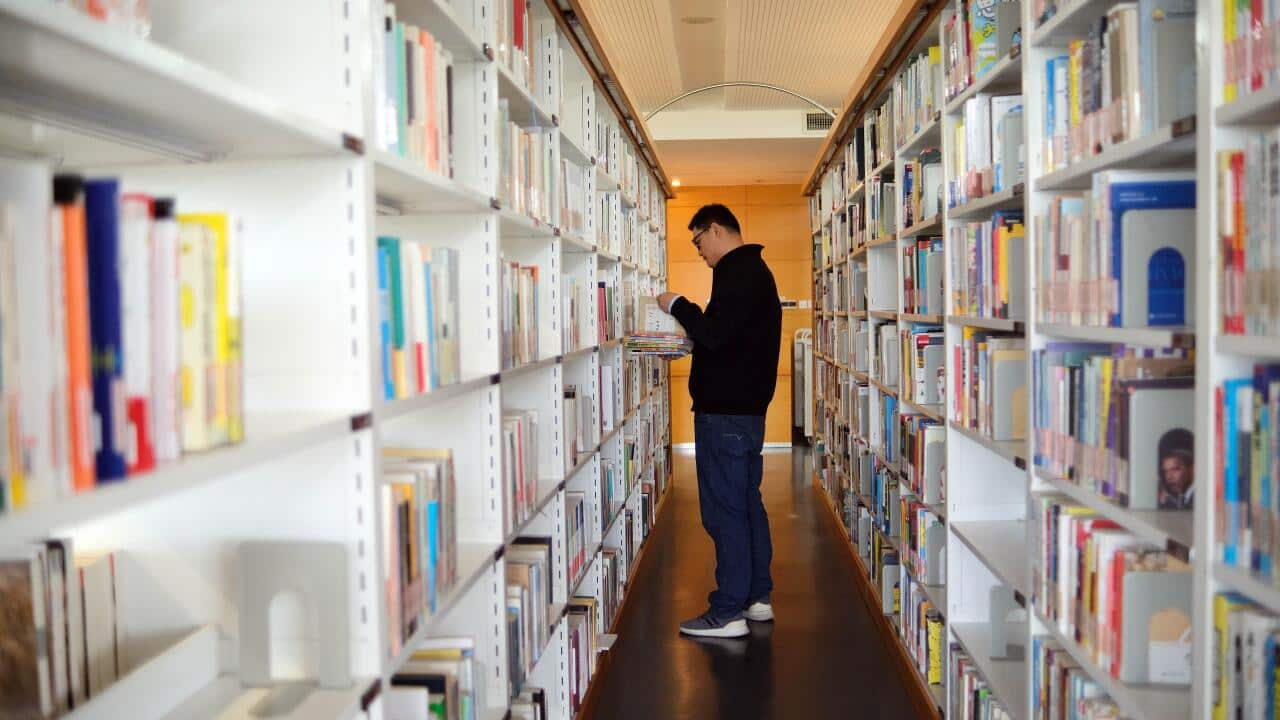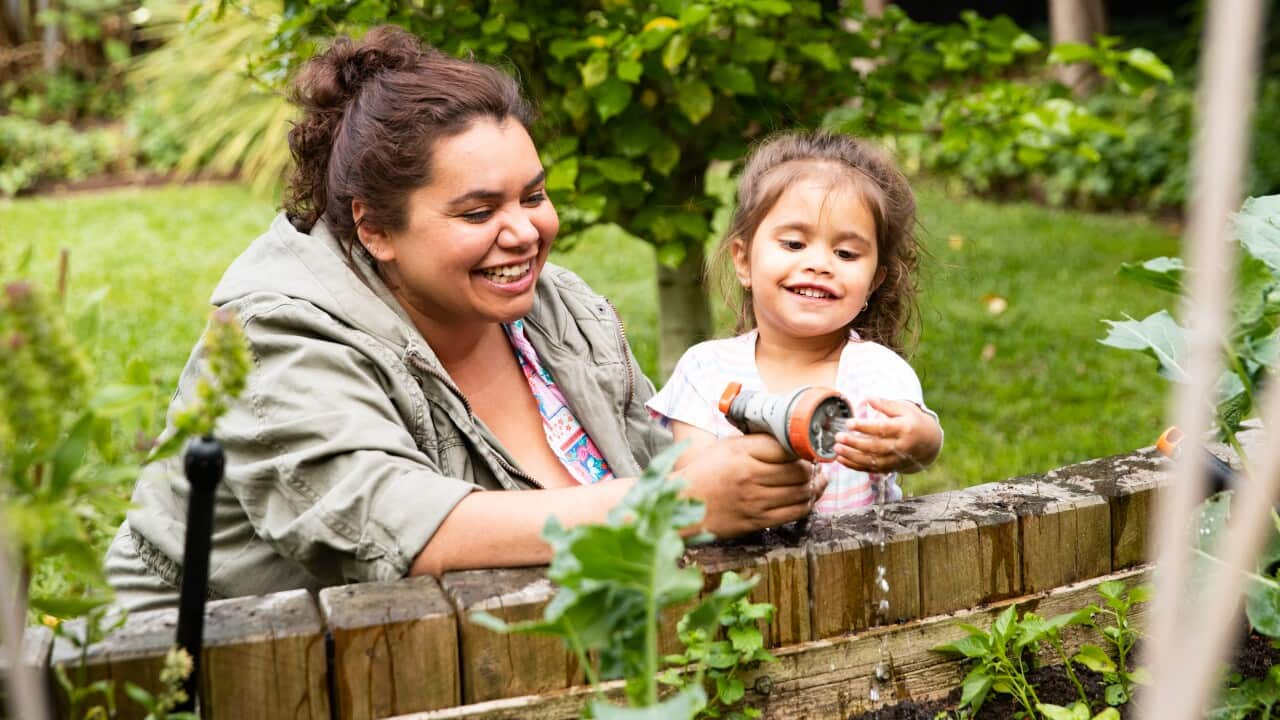Key Points
- After-school activities offer children many benefits, including skill development, social connections, and improved mental and physical well-being.
- Many free and affordable options exist, including libraries, youth and community centres, school programs and government vouchers.
- When selecting an after-school activity, consider your child’s interests, personality, and abilities. Involve them in the process.
- Inclusive programs help foster a sense of belonging and contribute to a more harmonious society.
From basketball to circus and robotics, the sky is the limit when it comes to after-school activities in Australia.
The benefits of after-school activities
Research shows that children benefit greatly from taking part in these activities. They learn new skills, but also improve their mental and physical health, confidence, and social skills.
“If you strip everything away about sports and after-school sort of physical activities, for children and young people, it’s ultimately first and foremost about fun, and the social component, so making new friends or being with your friends,” explains
He adds that this sense of connection is particularly important for children from migrant backgrounds: “And I think that can be really meaningful, as we know that a sense of belonging is absolutely fundamental to wellbeing, and to a sense of community for everyone. But particularly for those who have newly arrived or come from communities who generally might struggle with forms of discrimination or marginalisation.”
As the head of community development at (the North Melbourne Football Club’s community arm), Zakaria Farah sees first-hand how these activities help kids connect outside of school: “Being able to make friends sometimes might be difficult for young people, but sports bring people together and all these others programs we do bring people together so building strong connections is a very important benefit for young people.”

Skateboarding program at The Huddle.
Choosing the right activity for your child
When selecting an after-school activity, consider your child’s interests, personality, and abilities.
Ramón Spaaij recommends involving children in choosing their activities. Taking his own family as an example, he explains that one of his sons thrives playing competitive sports, while another loves being outdoors in a more relaxed setting.
“You can see, at a very micro level, in one family already, how there are these different preferences. I think it’s very important that we cater for the whole spectrum of interest,” he says.
But don’t overdo it, scheduling too many activities can be detrimental. Find the right balance for your child and family.
Where to find free and affordable after-school activities
While -some families spend thousands of dollars annually- there are plenty of free and low-cost options.
Many schools offer activities after hours, and most state governments provide vouchers for sports and arts.
Your local library is a valuable resource for free activities related to arts, science, and technology.
For example, the libraries in the Sydney suburb of Liverpool offer a like chess and robotics clubs, crafts, and retro gaming.
“Public libraries are all about providing access and equity to the community. It’s about having places where kids can, regardless of your income, where you live, all of those things, you can have access to things that will interest you, that will equip you for new skills, that will just be fun,” says Elysa Dennis, the manager of library and museum services for the Liverpool City Council.
Youth and community centres are another excellent option.
Zachary Lovett, a proud Gunditjmara man, is the team leader at , in inner-city Melbourne. The hub offers activities like basketball, soccer, cooking, and circus to the local community.
“Because of the geographical location of the hub, they don’t have a lot of space to actually just sit and hang out and converse with other people their age. So, a lot of what we try to do is just have group discussions or group activities. Like if we cook, we’ll all sit down and eat together and have a discussion,” he says.
Why inclusivity matters
in North Melbourne and Wyndham are designed to be accessible to all children.
“When parents or young people have to pay for stuff, it becomes less inclusive, and less people have the opportunity to access that. So, by making things free, you’re allowing a higher proportion of young people to be able to actually be able to engage with the activity and get the benefits,” says Zakaria Farah.
Beyond affordability, cultural inclusivity is also crucial. The Huddle ensures its staff are trained in cultural safety, helping to create a welcoming environment for young people from diverse backgrounds.
“We emphasise a lot on hiring people or educating our staff around what are the cultures that we support, what are their cultural requirements, and educating them around cultural safety and how to facilitate sessions with young people who are from different backgrounds,” Farah says.
Beyond individual benefits, he believes these programs help build a more inclusive society.
“These young people who come to us, we learn about what they do, we learn about their culture and then we also adapt and learn from them. The benefits they receive individually is important, but they also contribute to us being a more inclusive and harmonious society as well,” he concludes.
Subscribe to or follow the Australia Explained podcast for more valuable information and tips about settling into your new life in Australia.
Do you have any questions or topic ideas? Send us an email to [email protected].










